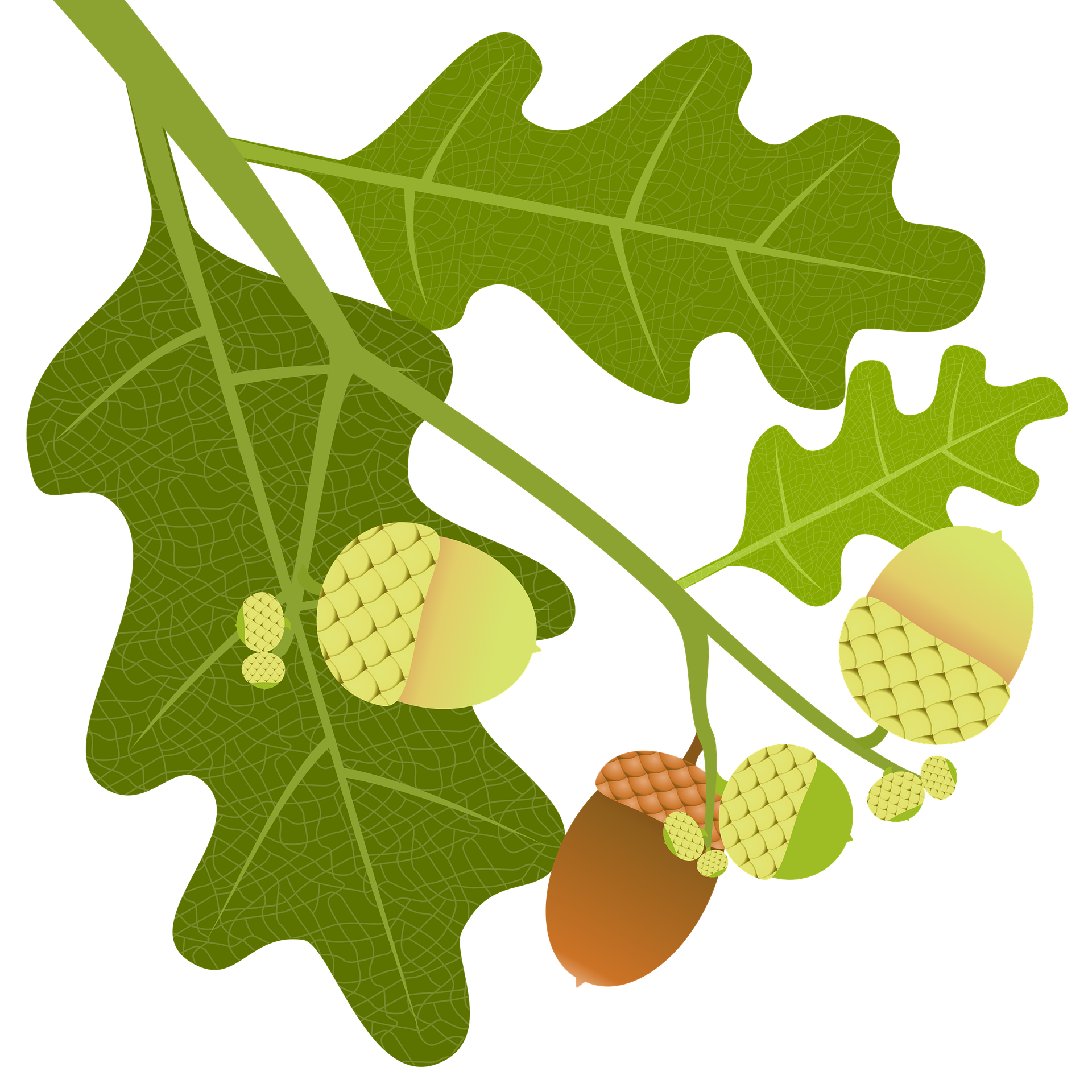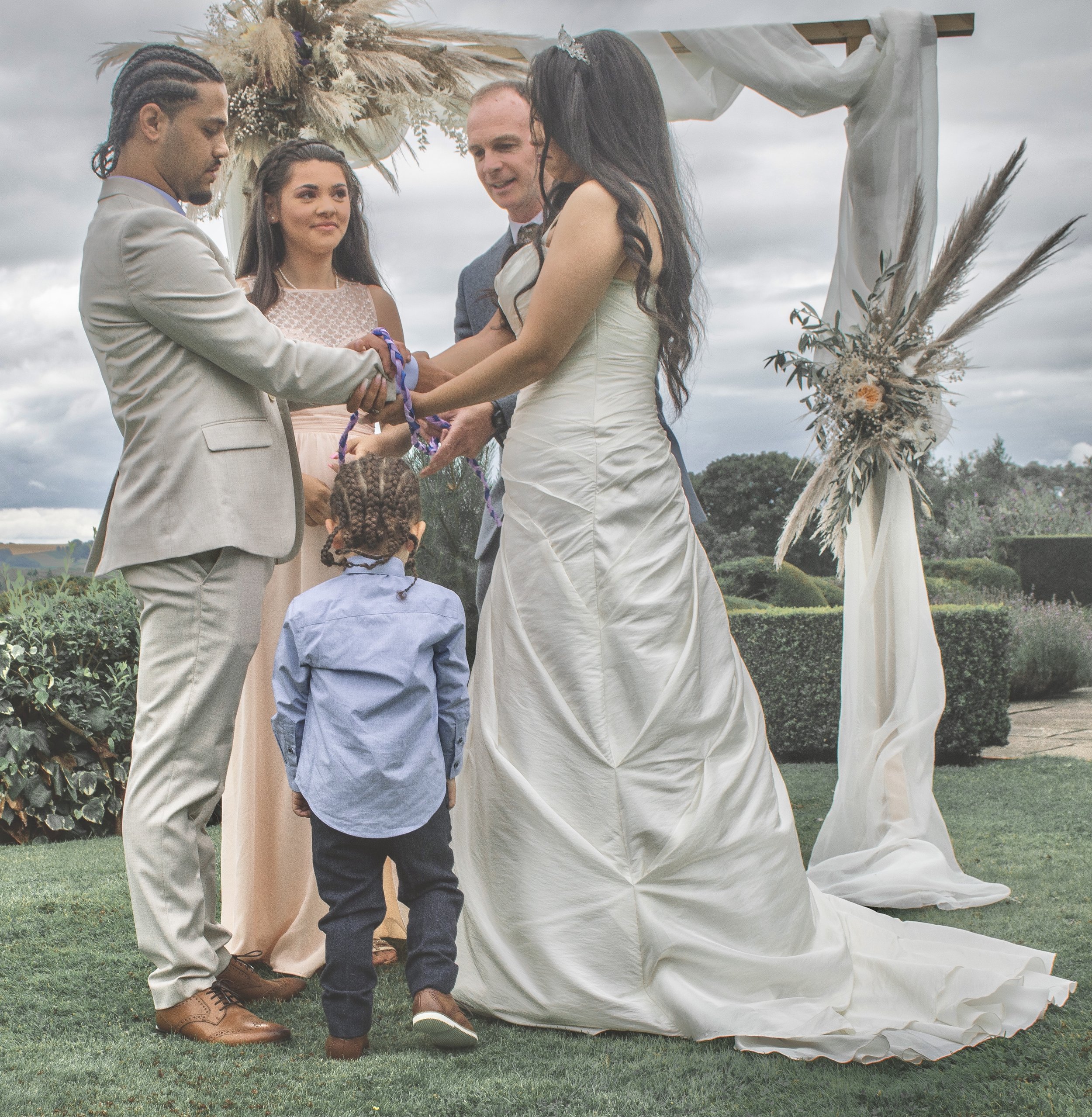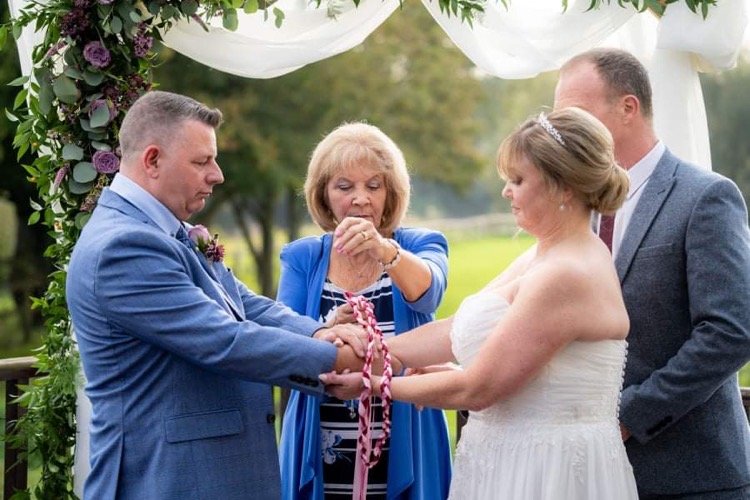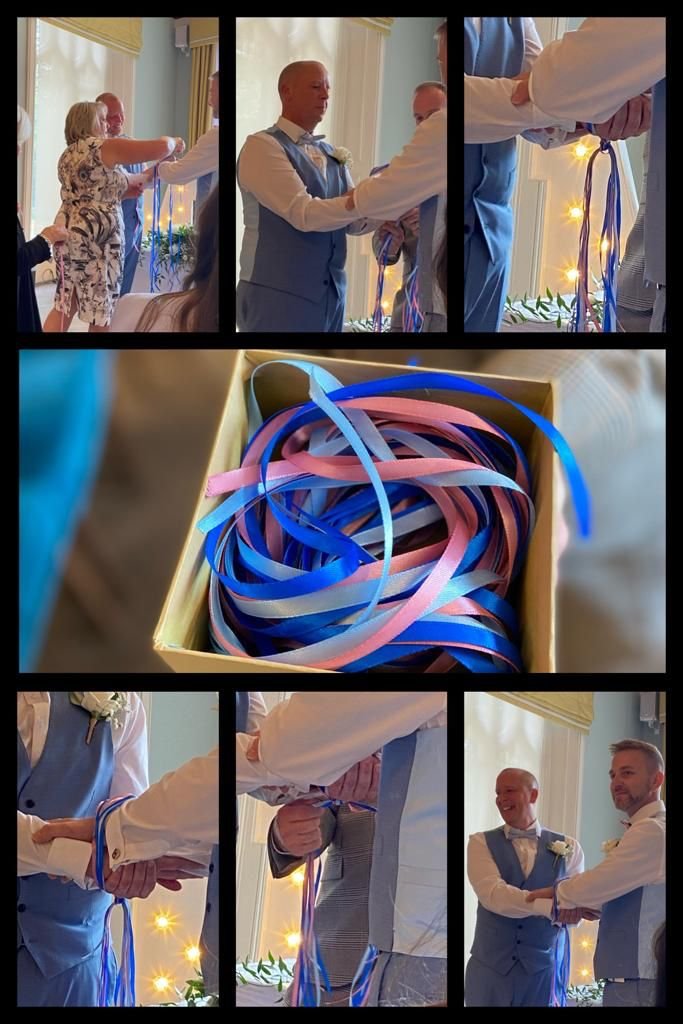What is hand-fasting?
Hand-fasting is an ancient British/Celtic wedding tradition and it is having a huge revival in modern weddings. It creates a unique and stunning moment in your wedding ceremony which will long be remembered by you and your guests.
It is from the act of hand-fasting we derive the term “tying the knot” and why it is believed to be good luck for it to rain on your wedding day because, as we all know from soggy boot laces, wet knots are harder to untie.
There are a range of ways to had-fast a couple on their wedding day. It is a symbolic act performed with hands clasped so that the lovers’ pulse points are touching.
The cord used in hand-fasting can either be borrowed or hired, but most couples choose to buy theirs as the “knot” becomes a wonderful keepsake. There are many more beautiful tales and folklore about how married couples can use their “knot” to help them secure a long, happy and successful marriage.
The hand-fasting cord can be made of many materials including rope, ribbon or silk. Most popular is to choose colours which either complement your wedding theme or a range of colours which have a range of traditional meanings and attributes. For example: red for love and courage; green for fertility and luck; purple for health and strength etc.
Hand-fasting is one of those wedding traditions where you can involve others in your wedding ceremony. Children of primary school age and up, love to get involved in choosing the colours of hand-fasting ribbons and then placing the cords over their parents’ hands. Depending on the age and nature of the children, I wouldn’t recommend that they “tie the knot” - as Mum and Dad might find it tricky to get untied.
Alternatively, parents and/or representatives of friends can place the handfasting cords. With a small and intimate wedding I once did, we placed either a blue, pink or white ribbons on all the guests seats. Then, when it came to the hand-fasting element, the guests came up in three batches to place their ribbons over the couple’s joined hands. It was a wonderful way to involve everyone.
The only limits and restrictions on handfasting is our imagination. I love how we can turn this most ancient of wedding traditions into something that is modern, inclusive and deeply symbolic. It may be pagan in its roots, but just remember, even the Prince & Princess of Wales, Kate and William, had a handfasting element in their wedding ceremony conducted by the Archbishop of Canterbury at Westminster Abbey.
If you are going to “tie the knot” then you may as well do it literally as well as metaphorically.
Many “hand-fasting” purists differentiate between “Hand-fasting” and “Hand-tying”. Some would say “Hand-fasting” is the whole pagan ceremony itself which includes cleansing and purifying the ceremony space and reserve the term “Hand-fasting” for this only. Instead, they would rather modern celebrants refer only to “Hand-tying” which is just one (and the most popular) element of the entire Hand-fasting ceremony. But, I believe language is a living thing and when most couples ask for “Hand-fasting” in their wedding ceremony, they mean “Hand-tying”. So who am I to call it anything else.
Feel free to get in touch if your what to find out more.





